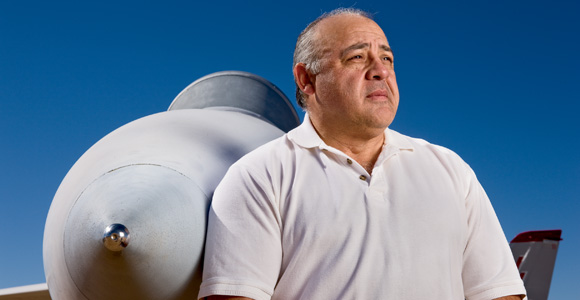In response to the question about tall and skinny......................
I'd say they were about 6'3" to 6'4" and maybe 185 lbs or so. Don't get me wrong, I've flown with plenty of tall and skinny dudes who had no G issues at all, they obviously figured it out. That's just it though, I'm sure they have a damn good G strain- compared to the one needed for a guy built like George Costanza. Sadly, Costanza has the ideal body type for pullin G's. High blood pressure and all, probably would have a ridiculously high resting G tolerance. I would like to have seen a Top Gun movie in which George Costanza and Chris Farley
(or Danny Devito) whipped the piss out of Maverick (and a G-Loc'd Goose - gives a whole new opportunity for him to say "Talk to me Goose"), while raging around in 9-G circles.
I'd say they were about 6'3" to 6'4" and maybe 185 lbs or so. Don't get me wrong, I've flown with plenty of tall and skinny dudes who had no G issues at all, they obviously figured it out. That's just it though, I'm sure they have a damn good G strain- compared to the one needed for a guy built like George Costanza. Sadly, Costanza has the ideal body type for pullin G's. High blood pressure and all, probably would have a ridiculously high resting G tolerance. I would like to have seen a Top Gun movie in which George Costanza and Chris Farley
(or Danny Devito) whipped the piss out of Maverick (and a G-Loc'd Goose - gives a whole new opportunity for him to say "Talk to me Goose"), while raging around in 9-G circles.

 .)
.) 


